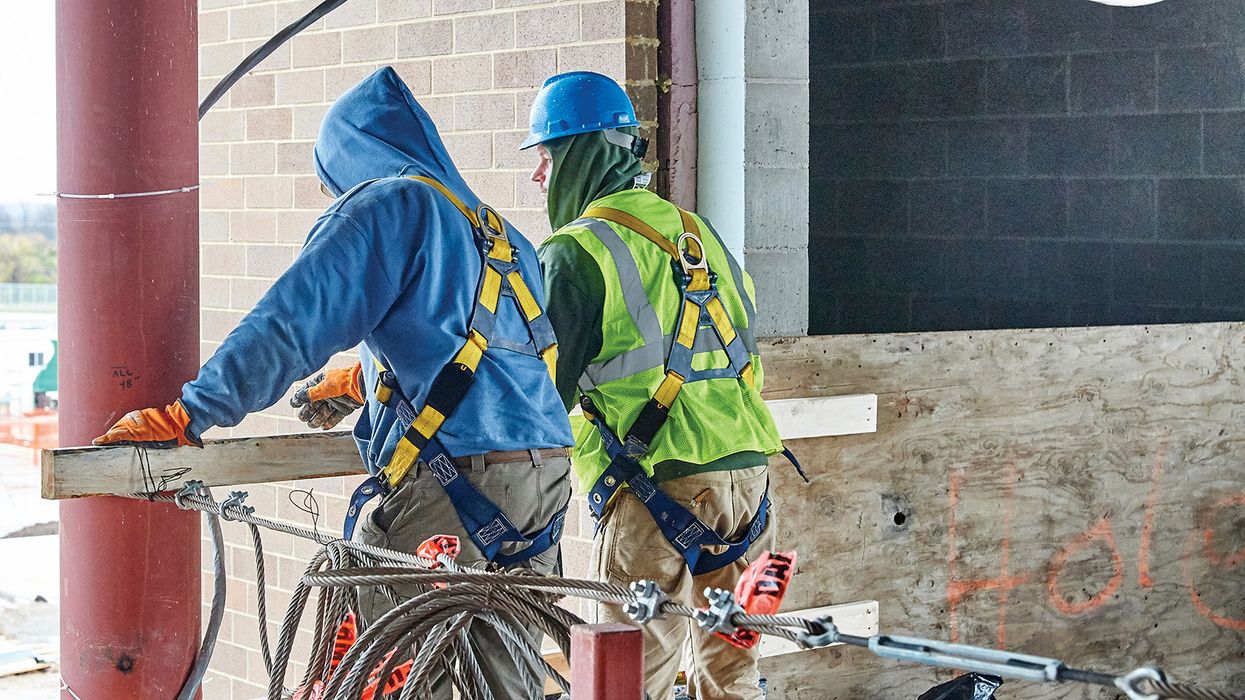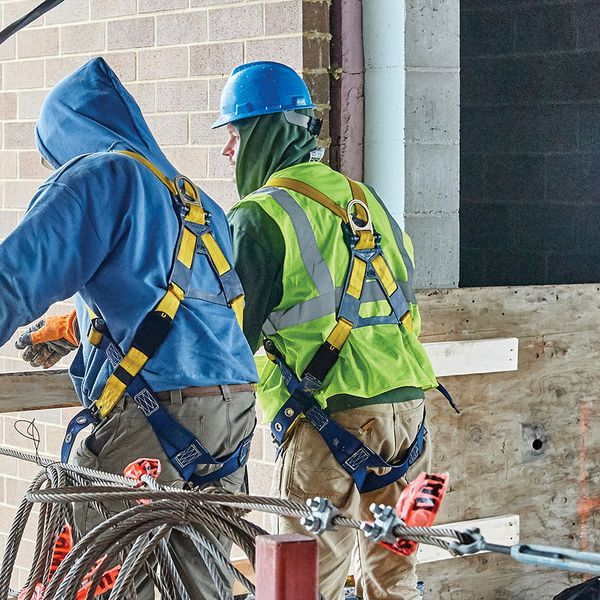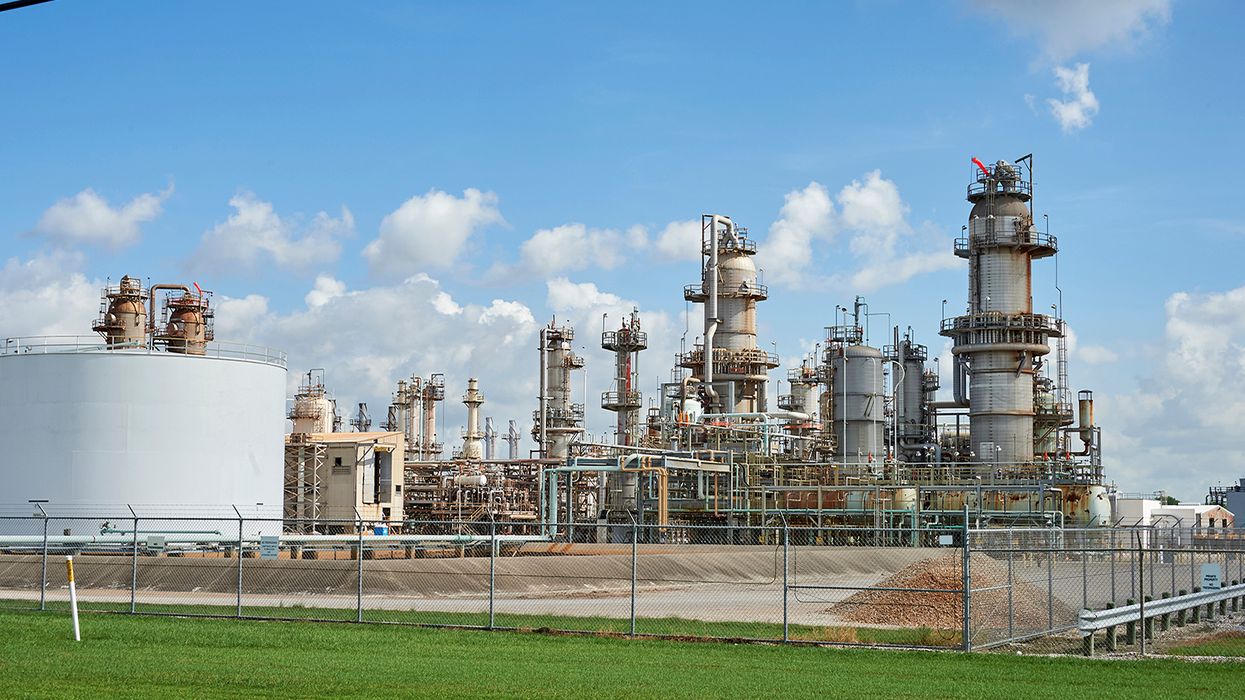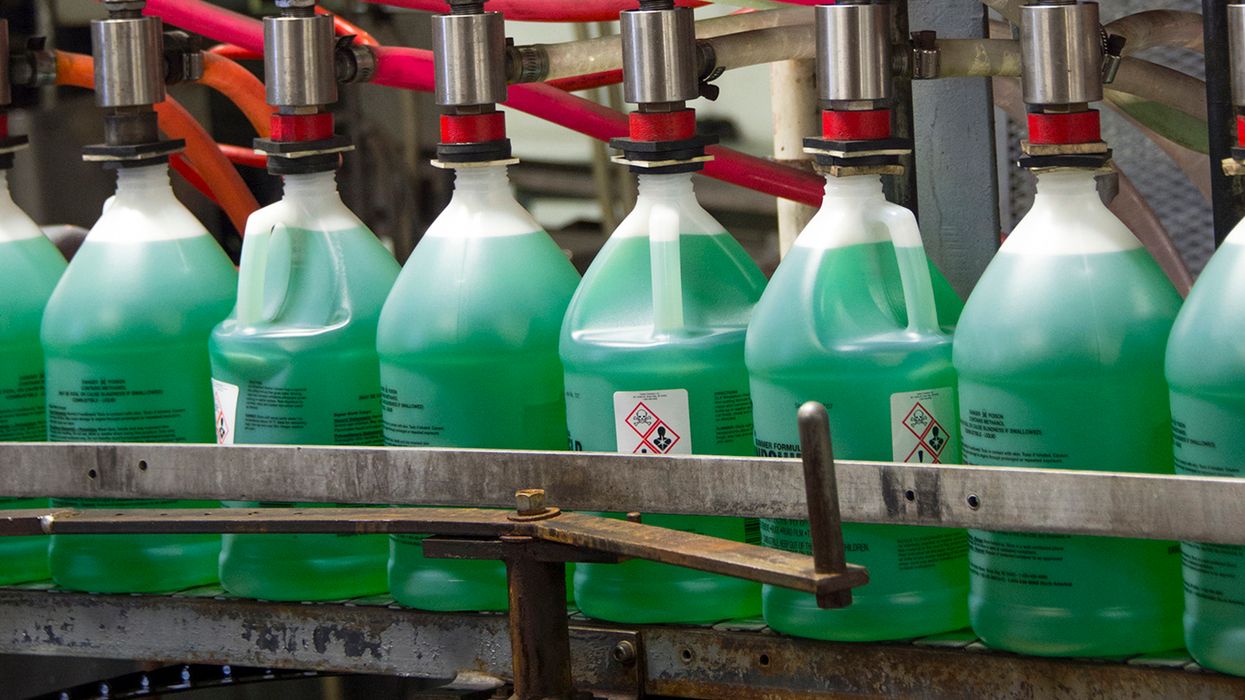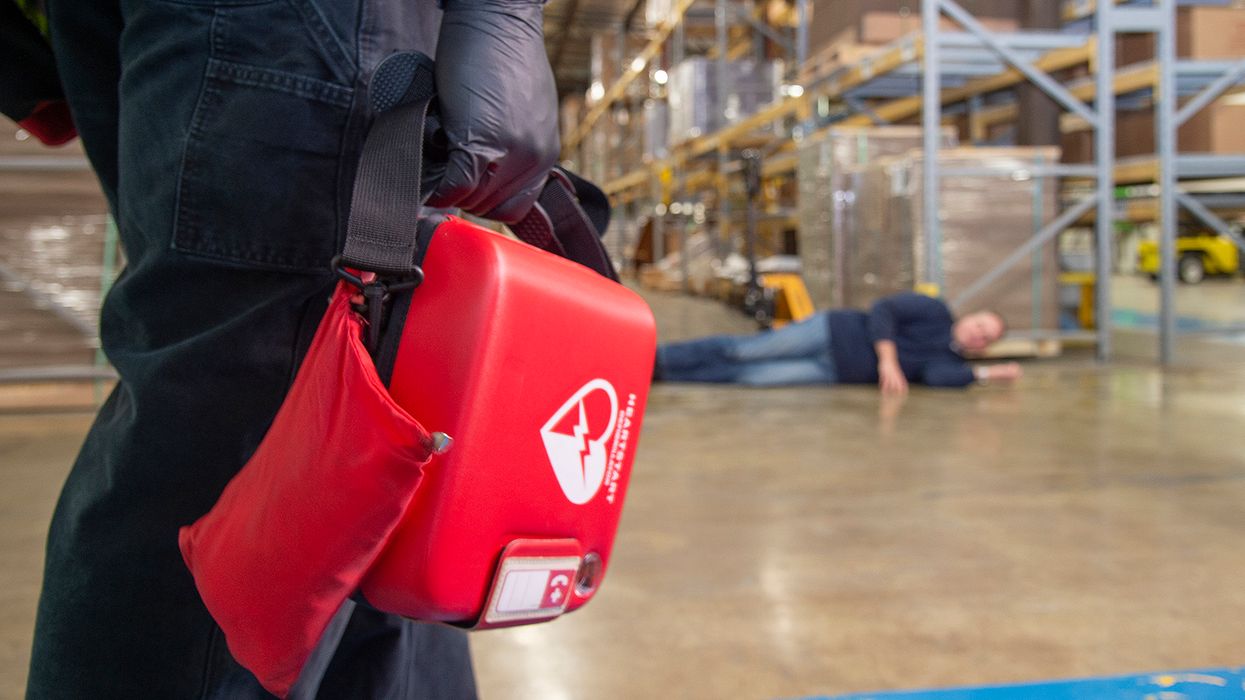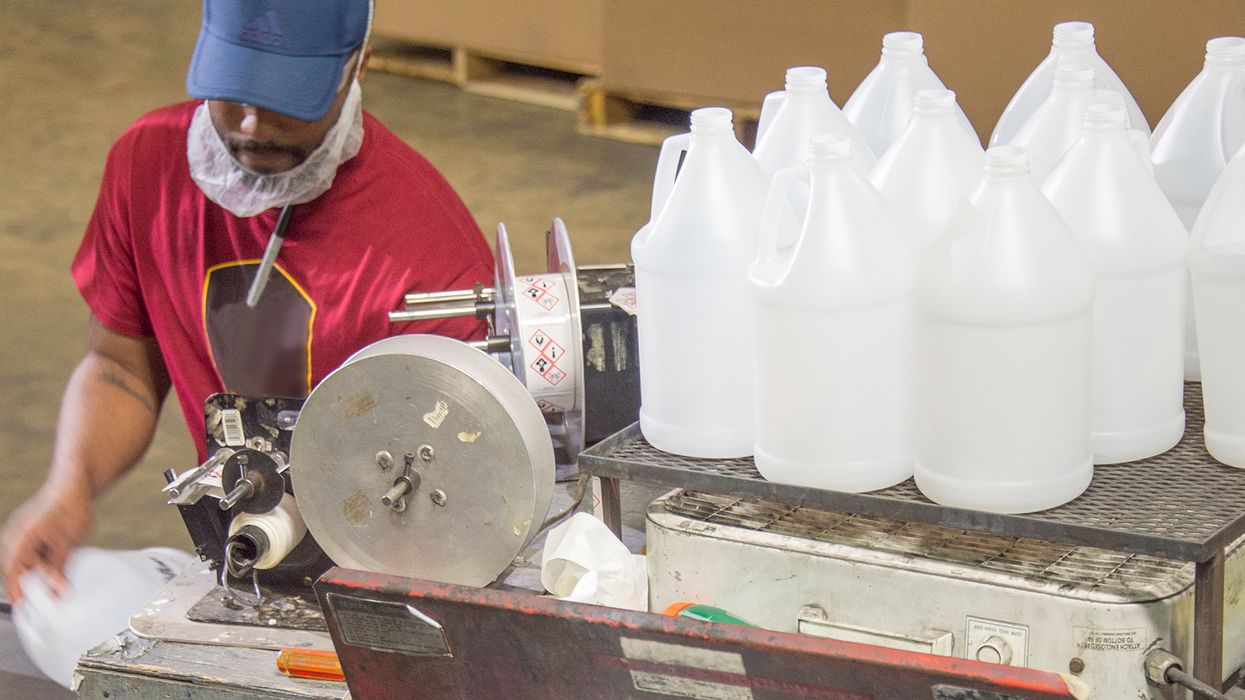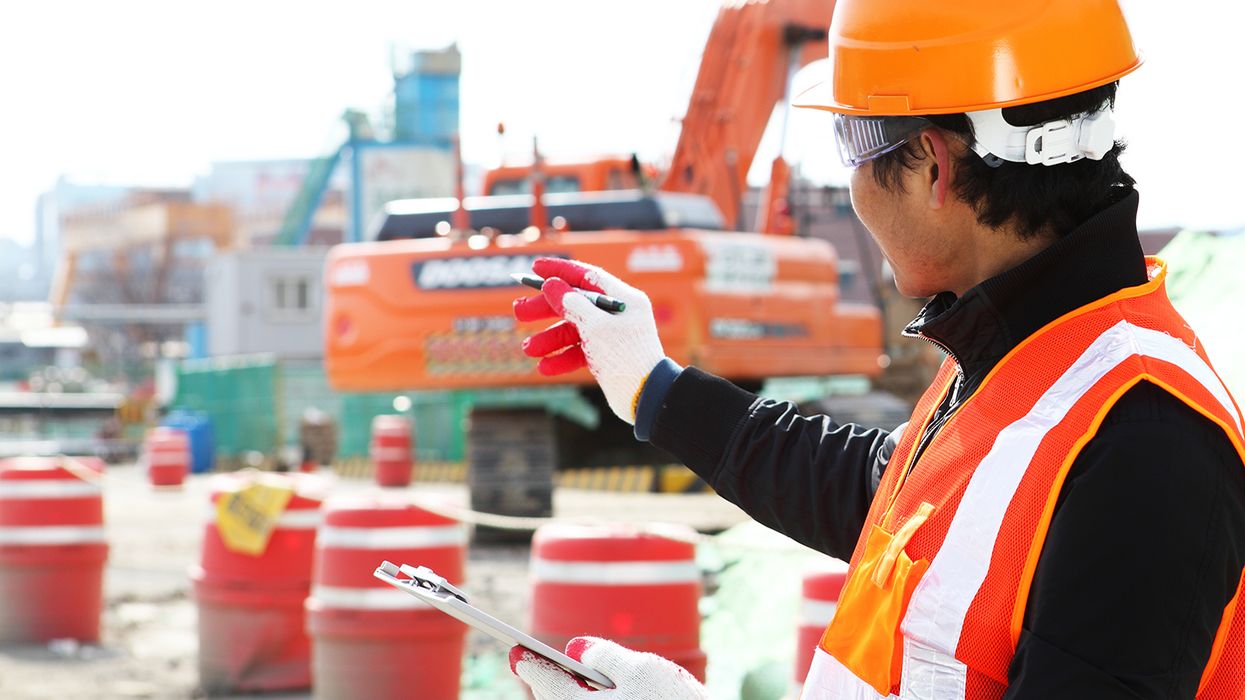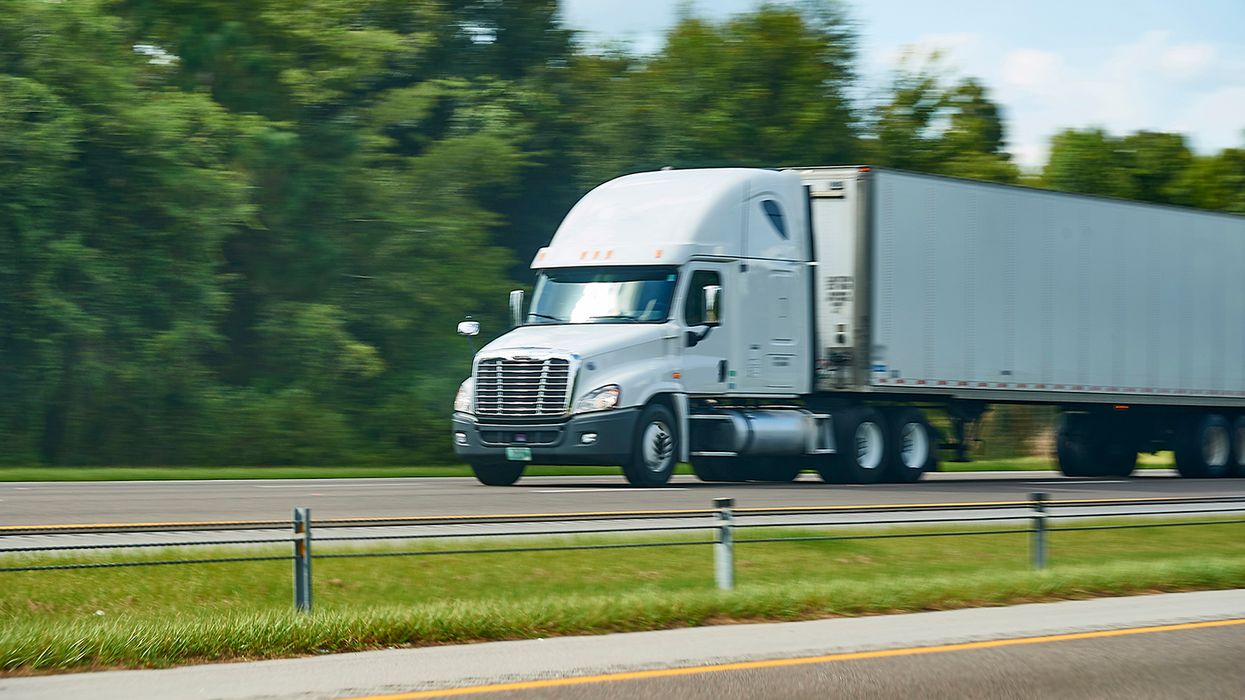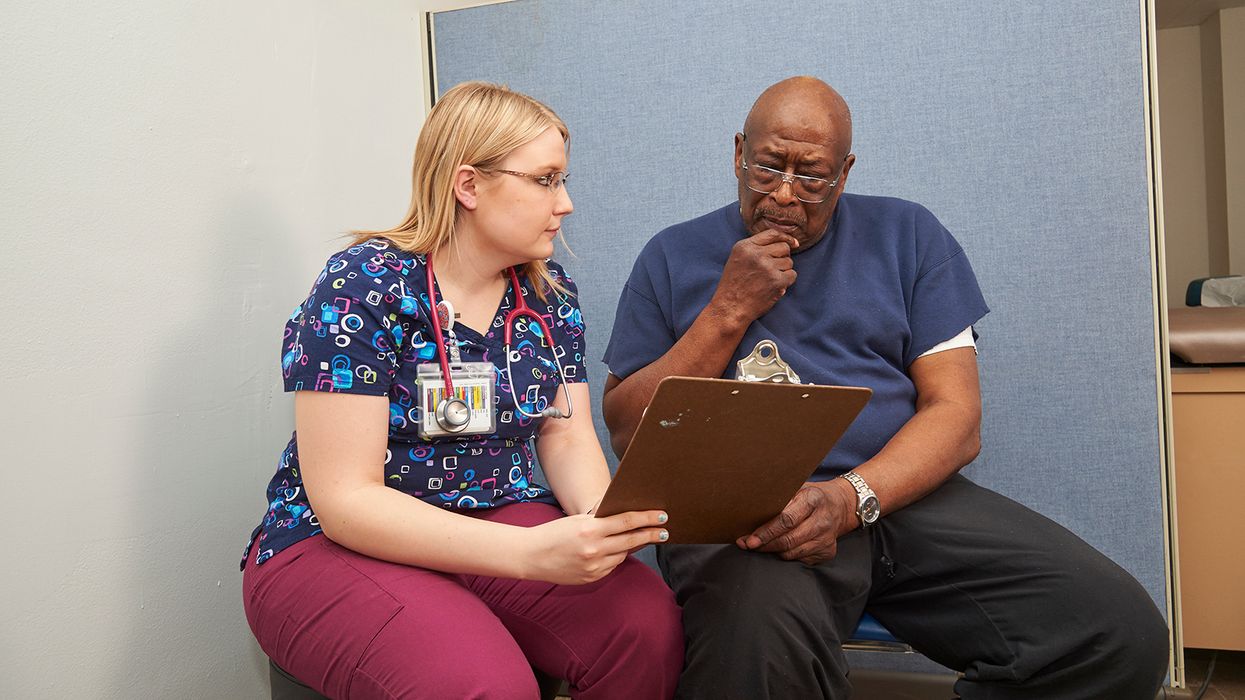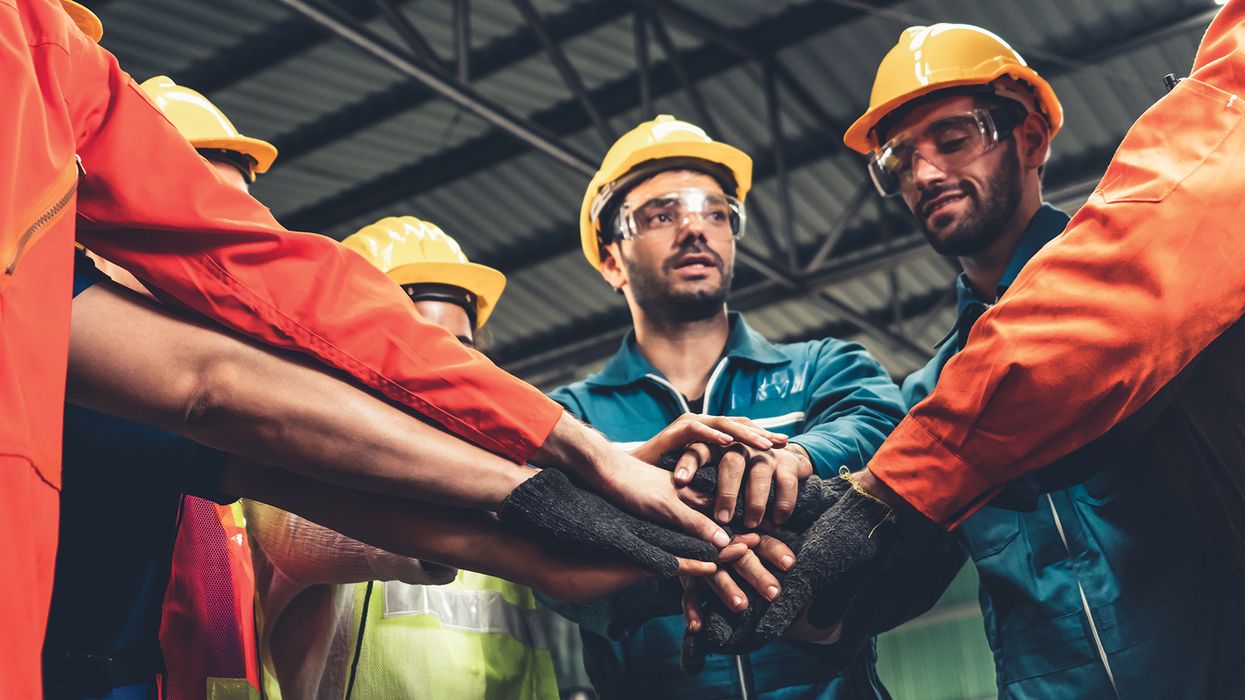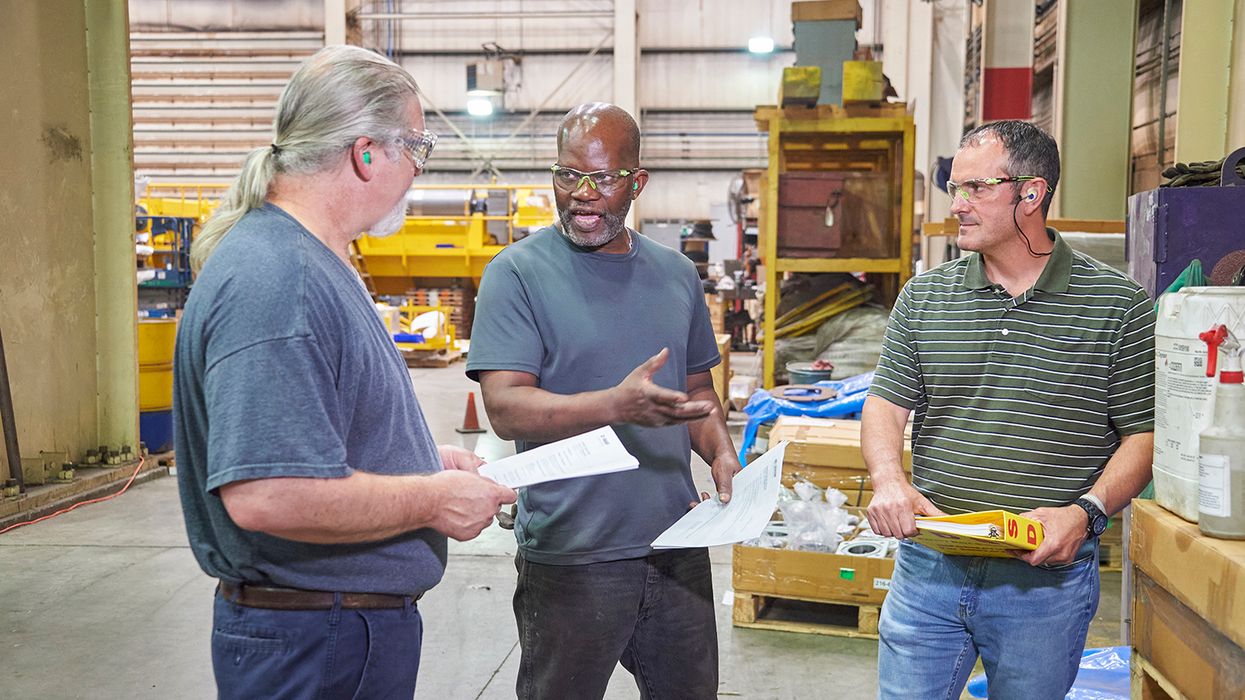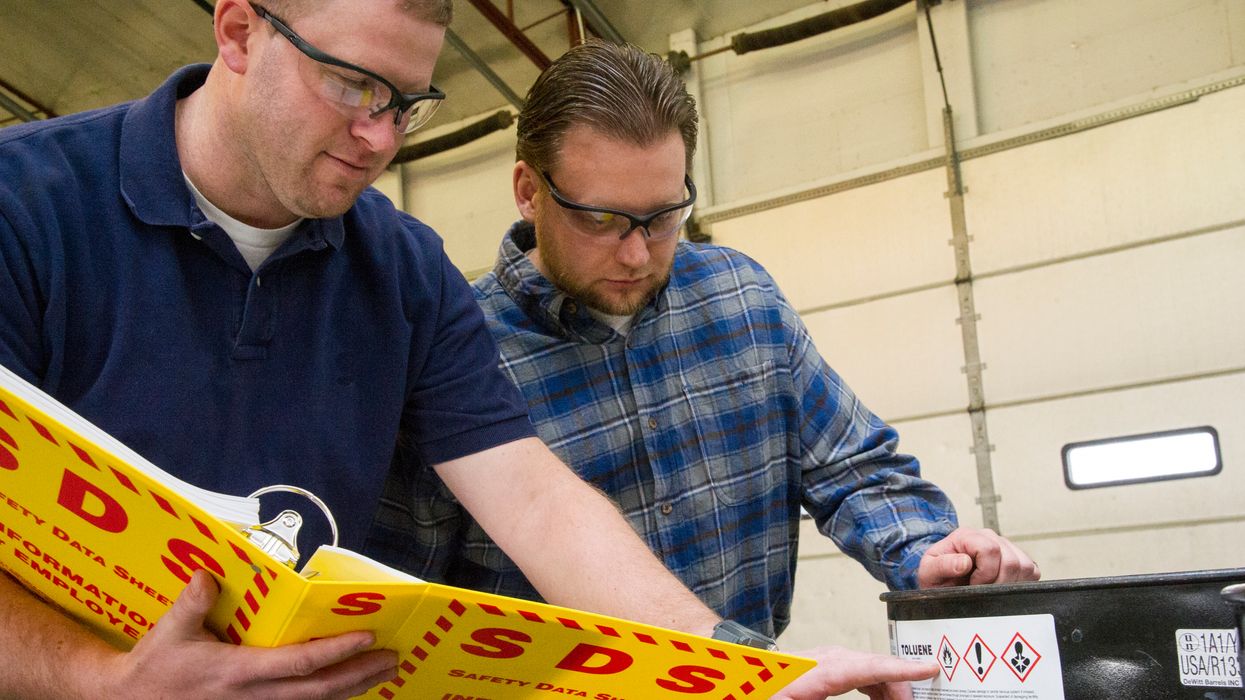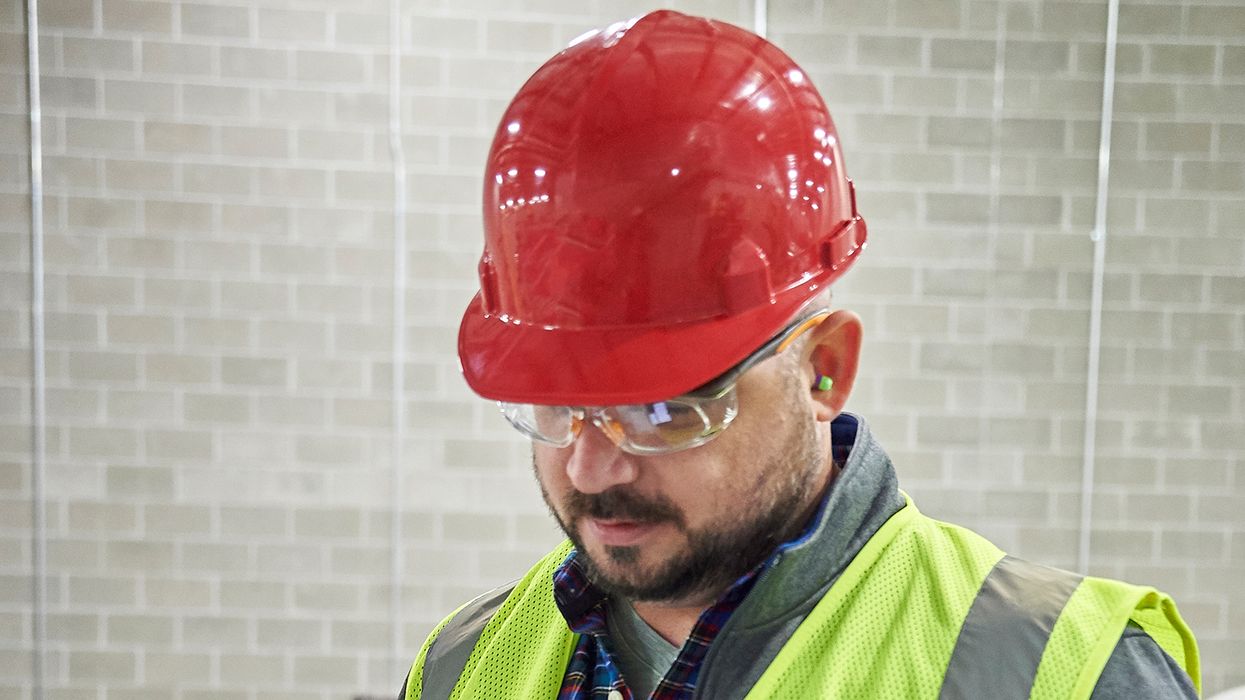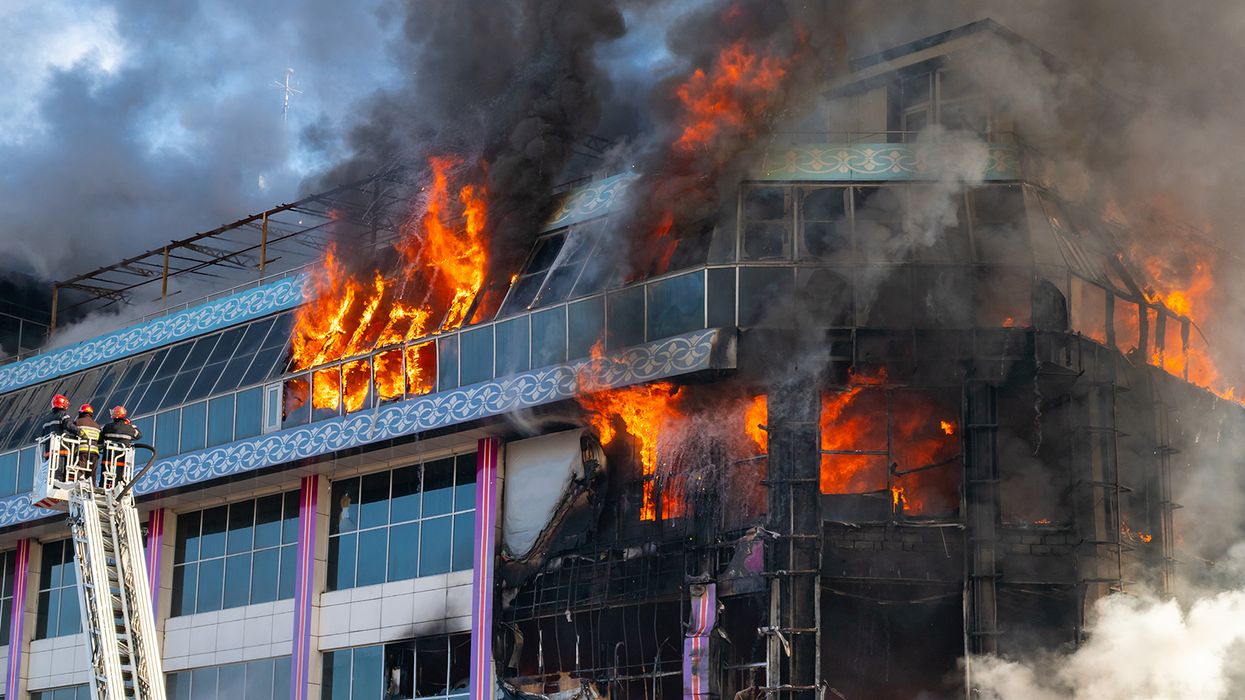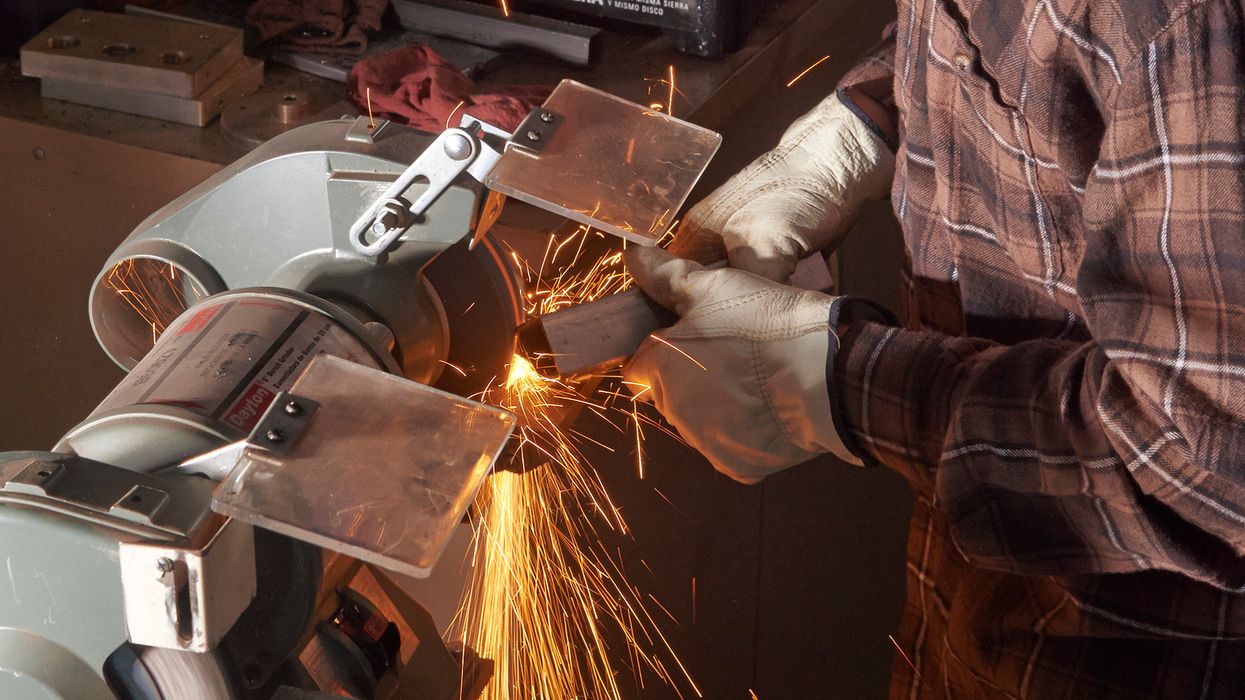Anticipate and plan before employees work at heights
To prevent falls, you have a duty to anticipate the need for employees to work at heights and plan those work activities accordingly. That’s because careful planning and preparation lay the groundwork for an accident-free jobsite, including protecting employees from falls.
Before your employees go to work at heights you need to look at a few issues. These include:
- Understanding the duty to provide fall protection,
- Assessing the worksite for fall hazards, and
- Selecting the correct fall protection system.
Employees are a valuable source for locating hazards. Involve them in the process and train them how to do worksite assessments, recognize fall hazards, and use the proper fall equipment.
Editor's Note: The training requirements for fall protection (1926.503) have ranked #8 for several years on the list of top ten OSHA violations.
Provide fall protection
When an employee is working six feet or more above lower levels, OSHA has specific areas and operations where fall protection is required. Those areas/operations are ramps, runways, walkways, excavations, hoist areas, holes, form and reinforcing steel work, leading edge work, unprotected sides and edges, overhand bricklaying and related work, roofing work, precast concrete erection, wall openings, and residential construction.
OSHA lists out at 1926.501(b)(1)-(14) the protection options you have. If the situation is not listed, then 1926.501(b)(15) must be followed. This states if none of the other situations fit, you must still protect employees working six feet or more above lower levels by using a guardrail, safety net, or personal fall arrest system.
Perform a worksite assessment
You’re required to survey the worksite to determine if the walking/working surfaces have the strength and structural integrity to safely support employees.
Once you’ve determined the surface is safe, select one of the fall protection options —when the walking/working surface is six feet or more above a lower level. Then, make a reasonable effort to anticipate the hazards your employees may be exposed to during their work.
Select the protection system
Make sure all fall protection systems conform to the criteria in 1926.502 (Fall protection systems criteria and practices). Provide and install the systems and equipment and check that you meet all pertinent requirements of the rules before your employees begin work.
Most situations provide several choices for providing fall protection, but some limit the choices. For example, only guardrail systems are permitted to be used to protect employees on ramps and runways and other walkways.
Provide employee training
OSHA requires you to provide a training program for each employee exposed to fall hazards. Train them to recognize the hazards of falling and the procedures to follow to minimize the hazards. Finally, there’s the requirement to prepare a written certification record that contains the name or other identity of the employee trained, the date(s) of the training, and the signature of the person who conducted the training (or the employer can sign it).
Key to remember
Careful planning and preparation for working at heights above six feet (or at any height above dangerous equipment) provide the best option to protect your employees from falls.

